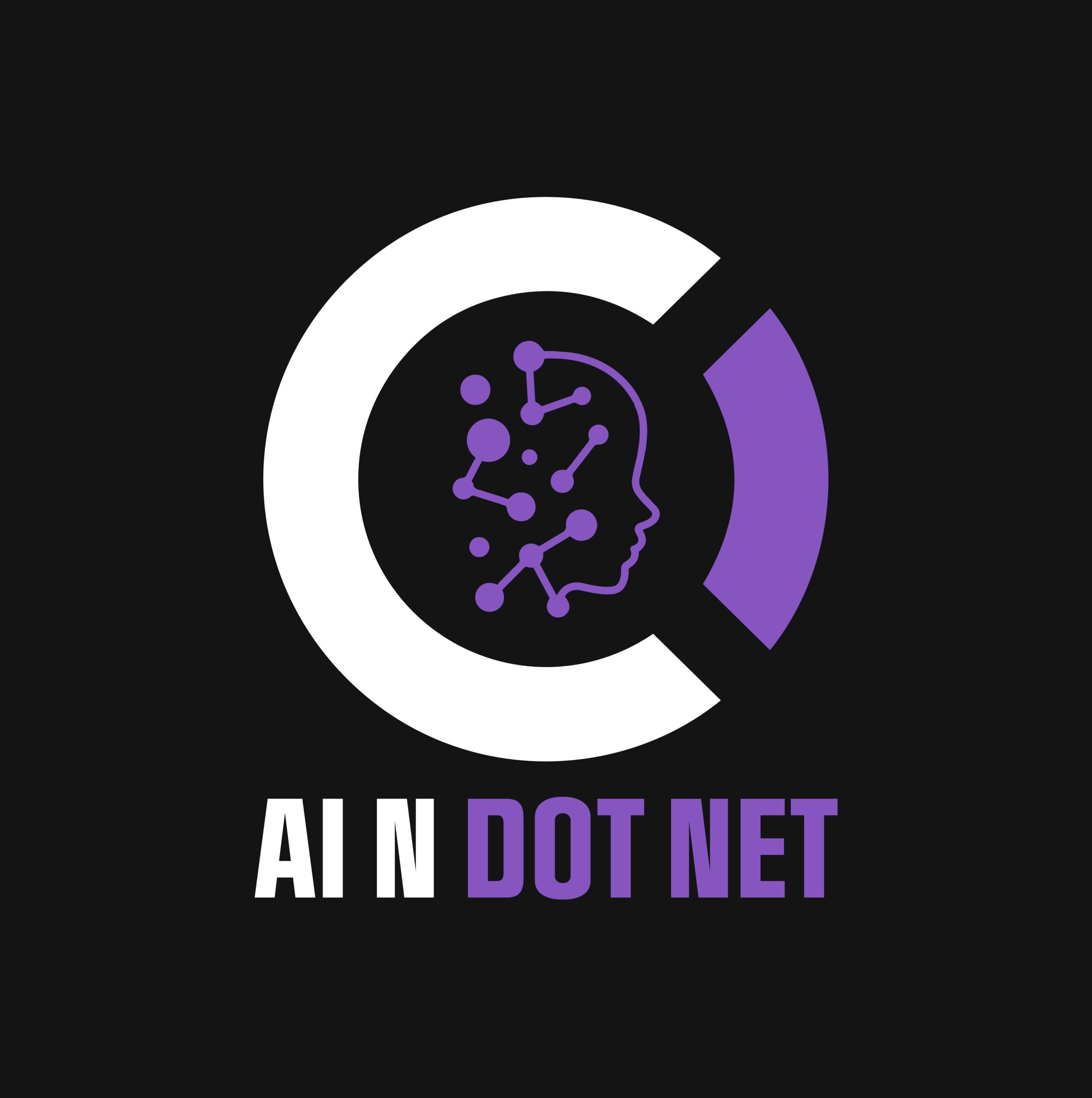Role-Based Prompt Engineering with Microsoft Tools
Give your team the language they need to talk to AI—accurately, efficiently, and by role.
Why Prompt Engineering Matters Now
Large Language Models (LLMs) like GPT-4 and Claude are only as effective as the prompts they receive.
But prompt design isn’t just for developers. With Microsoft’s enterprise-ready tools, everyone in your organization—PMs, analysts, HR leaders, architects—can design and use role-specific prompts that drive real outcomes.
Prompt engineering is the new UX for AI—and it starts by understanding the context of the person asking.
The Microsoft AI Stack for Prompt Engineering
Microsoft offers several tools that make prompt engineering practical, safe, and scalable:
- Azure OpenAI Service – Enterprise-grade access to GPT models with full compliance.
- Microsoft Copilot Studio – Low-code interface to build and deploy prompt workflows.
- Semantic Kernel – C# and VB.NET SDK for chaining prompts, managing memory, and plugging into APIs.
- Power Platform – Add AI-enhanced prompts into business apps, workflows, and dashboards.

Prompt Engineering by Role
🧭 Project Manager
Goal: Summarize progress, risks, or team updates.
Example Prompt:
Summarize all the task notes from this sprint and identify 3 potential risks to the timeline.
🧑💼 Business Analyst
Goal: Interpret raw data or customer feedback.
Example Prompt:
Based on this table of survey results, what are the top 3 complaints and what actions do customers expect?
👩💻 Developer
Goal: Boost productivity through code refactoring, documentation, or test generation.
Example Prompt:
Generate unit tests for this C# method using xUnit, and explain the edge cases covered.
🛠️ Architect or CTO
Goal: Translate business requirements into scalable architectures.
Example Prompt:
Given these five services, design a loosely coupled cloud architecture using Azure PaaS tools.
👩💼 HR or Operations
Goal: Draft or evaluate policies and internal documentation.
Example Prompt:
Convert this long HR policy into a one-page employee summary with bullet points.

Using Semantic Kernel to Scale Prompt Workflows
Instead of one-off prompts, use Semantic Kernel to:
- Chain prompts into reusable workflows
- Store and recall previous context (semantic memory)
- Route output into APIs, emails, dashboards, or task systems
- Bind natural language inputs to structured back-end actions
Example: A sales manager speaks a prompt into Teams → Semantic Kernel converts it into a CRM update + follow-up email + Power BI insight.
Best Practices for Role-Based Prompt Engineering
- Design for the User, Not the Model: Think in terms of tasks, not tokens.
- Use System Messages or Functions Where Possible: Define context and constraints upfront.
- Modularize Prompts: Break large tasks into smaller, promptable parts.
- Test and Iterate Prompt Chains: Use Semantic Kernel logging to monitor performance.
- Provide Templates for Reuse: Let teams start with proven prompts for their roles.
Related Resources
- 👉 Microsoft AI Development
- 🛠 Scaling AI with Microsoft
- 💬Prompt Engineering for Executives, Project Managers, and Developers
Empower Your People to Use AI—Fluently
The right prompt at the right time can save hours, avoid rework, or spark game-changing insights.

